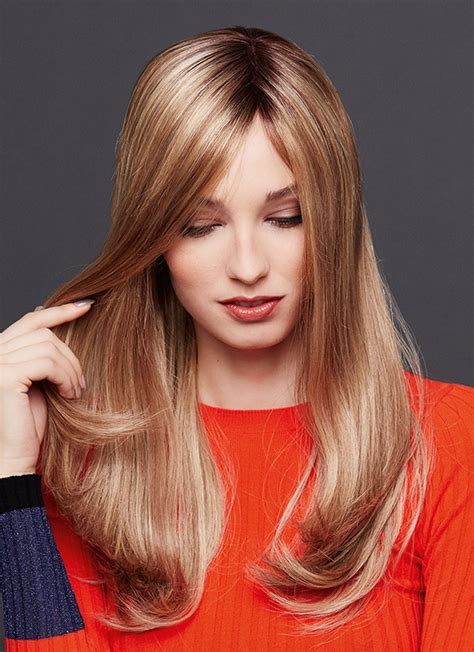Introduction
Hair wigs have become increasingly popular among women for various reasons, including fashion, convenience, and personal expression. With the advancements in hair wig technology, women now have access to a wide range of hair wigs that can enhance their appearance and boost their confidence. This comprehensive guide will provide you with all the essential information you need to know about hair wigs for women, from types and materials to styling and maintenance.

Types of Hair Wigs
There are various types of hair wigs available in the market, each with its own unique characteristics.
1. Lace Wigs
Lace wigs are one of the most popular types of hair wigs, known for their natural appearance and versatility. They are made with a thin lace cap that mimics the scalp, allowing for a seamless blend with your own hair. Lace wigs come in different lace types, including Swiss lace, French lace, and HD lace. Swiss lace is the most delicate and transparent, while French lace is slightly thicker and more durable. HD lace is the newest type of lace, which is ultra-thin and transparent, giving the illusion of a scalp. Lace wigs are available in a wide range of colors, lengths, and textures to suit different preferences.
2. Full Lace Wigs
Full lace wigs are the most expensive and luxurious type of hair wigs. They are made with a lace cap that extends from ear to ear, providing the most natural hairline and the ability to style the hair in any direction. Full lace wigs offer the highest level of customization and can be cut, colored, and styled like your own hair.
3. Front Lace Wigs
Front lace wigs have a lace cap that only covers the front of the head, from ear to ear. The back of the wig is typically made with a breathable material, such as mesh or silk. Front lace wigs are less expensive than full lace wigs and easier to apply. They provide a natural-looking hairline and allow for some versatility in styling.
4. Human Hair Wigs
Human hair wigs are made with 100% human hair, which gives them the most natural look and feel. Human hair wigs can be styled and colored like your own hair, providing endless possibilities. However, they are also the most expensive type of hair wig and require more care and maintenance.
5. Synthetic Hair Wigs
Synthetic hair wigs are made with artificial fibers, such as Kanekalon or Toyokalon. They are less expensive than human hair wigs and require less maintenance. However, synthetic hair wigs can be more prone to tangling and matting.
Materials Used in Hair Wigs
1. Lace
Lace is a delicate material that is used to create the cap of lace wigs. It comes in different types, including Swiss lace, French lace, and HD lace. Swiss lace is the most delicate and transparent, while French lace is slightly thicker and more durable. HD lace is the newest type of lace, which is ultra-thin and transparent, giving the illusion of a scalp.
2. Synthetic Hair
Synthetic hair is made from artificial fibers, such as Kanekalon or Toyokalon. It is less expensive than human hair and requires less maintenance. However, synthetic hair can be more prone to tangling and matting.
3. Human Hair
Human hair is the most natural type of hair used in wigs. It comes in different textures, including straight, wavy, curly, and coily. Human hair wigs can be styled and colored like your own hair, providing endless possibilities.
How to Choose the Right Hair Wig
Choosing the right hair wig is essential to achieving a natural and flattering look. Here are some factors to consider when selecting a hair wig:
1. Face Shape
The shape of your face will determine the most flattering hair wig style. For example, women with oval faces can wear almost any wig style, while women with round faces should avoid wigs that are too full or too long.
2. Hair Texture
If you want your hair wig to blend seamlessly with your own hair, choose a wig with a similar texture. For example, if you have straight hair, choose a wig with straight hair.
3. Hair Length
The length of your hair wig will depend on your personal preferences. However, it is important to choose a length that is proportionate to your height and face shape.
4. Hair Color
The color of your hair wig should complement your skin tone and eye color. If you are unsure what color to choose, consult with a hair stylist.
5. Lifestyle
Consider your lifestyle when choosing a hair wig. If you are active and on the go, choose a wig that is easy to style and maintain. If you prefer a more glamorous look, choose a wig that can be styled in a variety of ways.
How to Apply a Hair Wig
Applying a hair wig correctly is essential for a natural and secure fit. Here are the steps to
